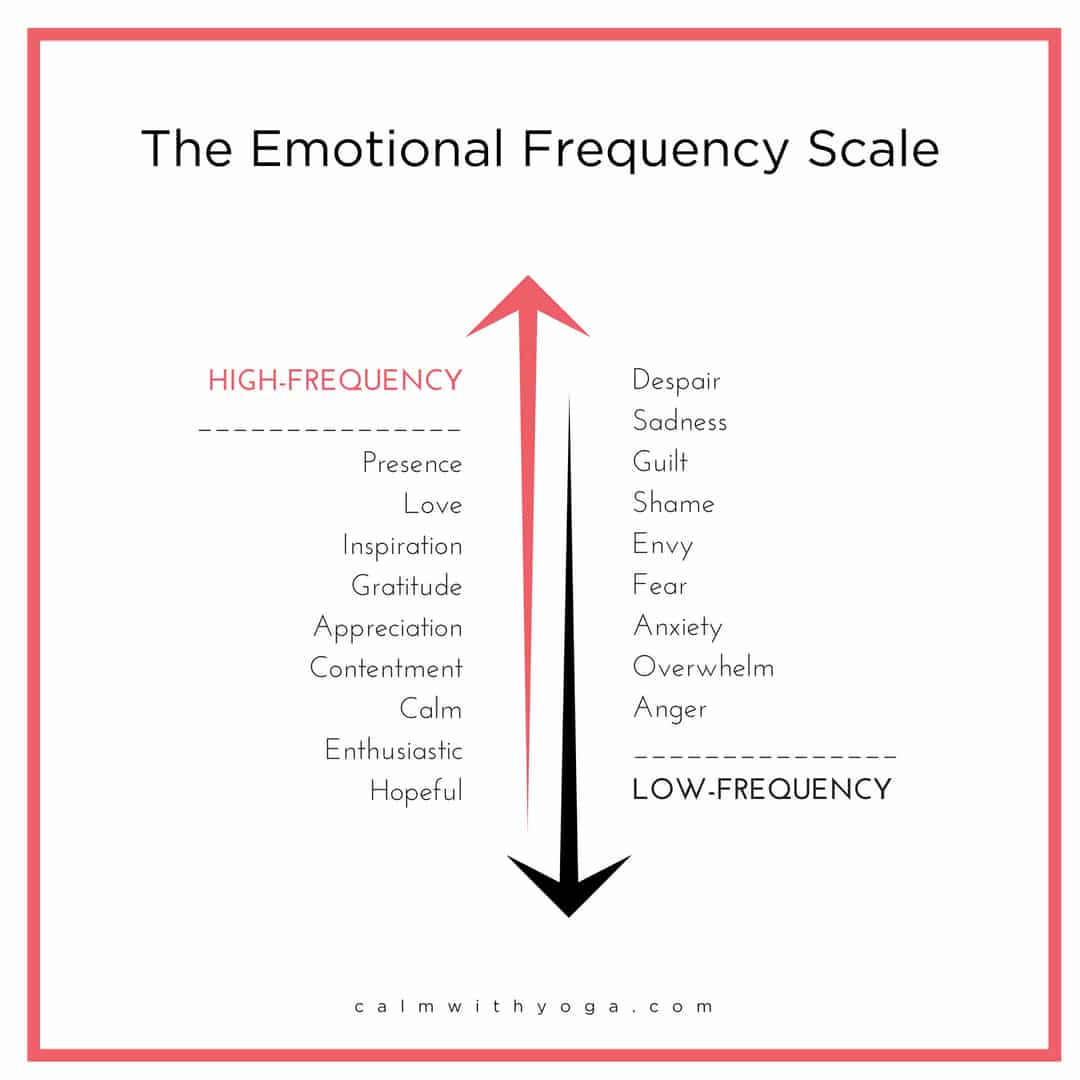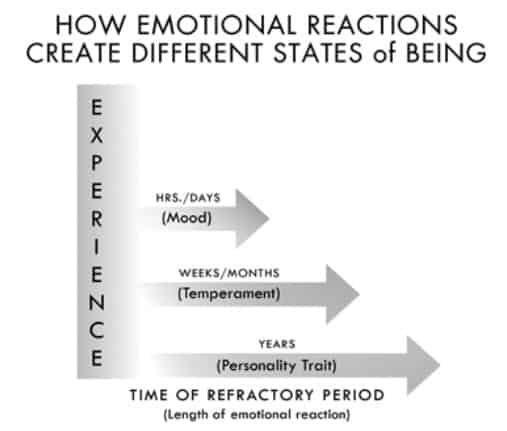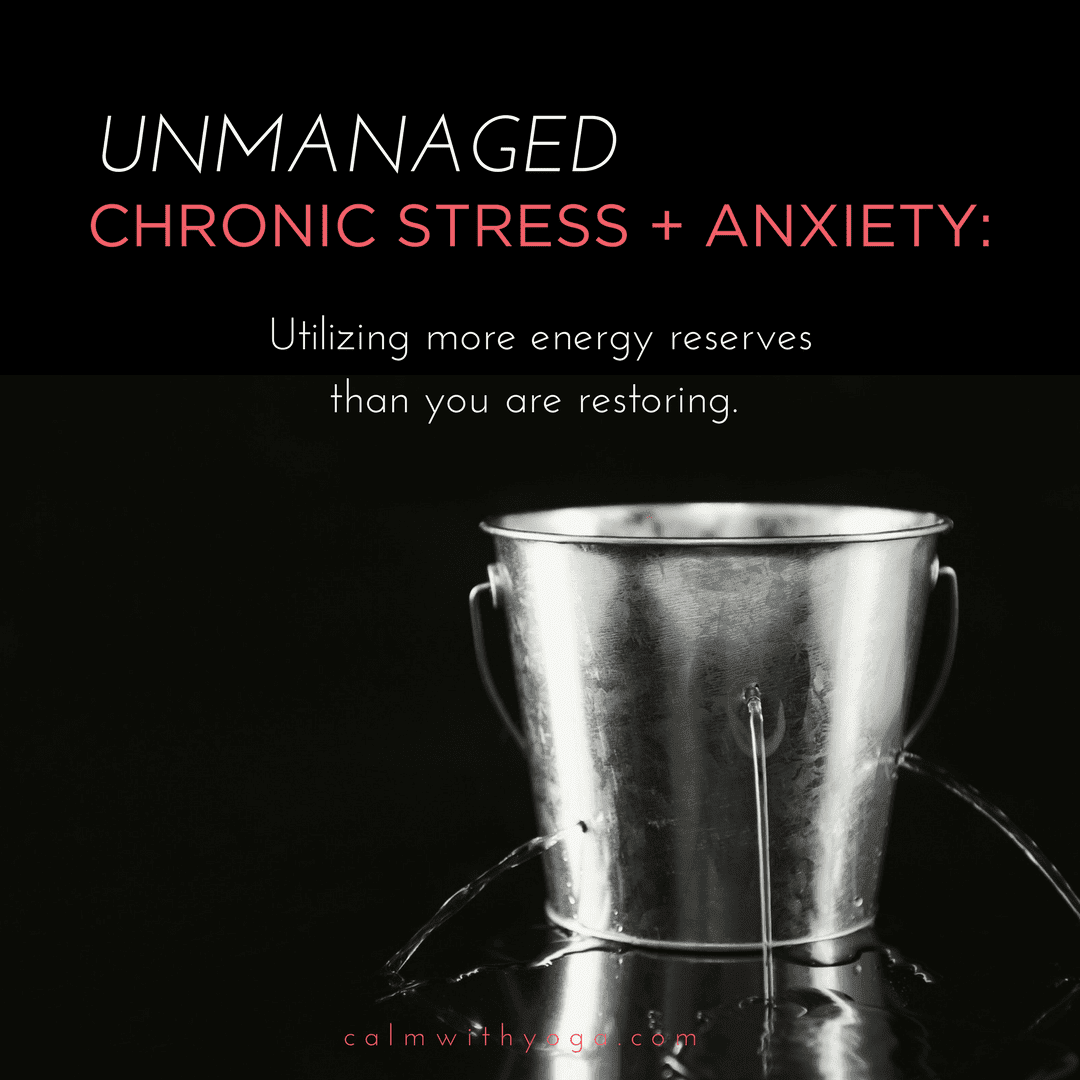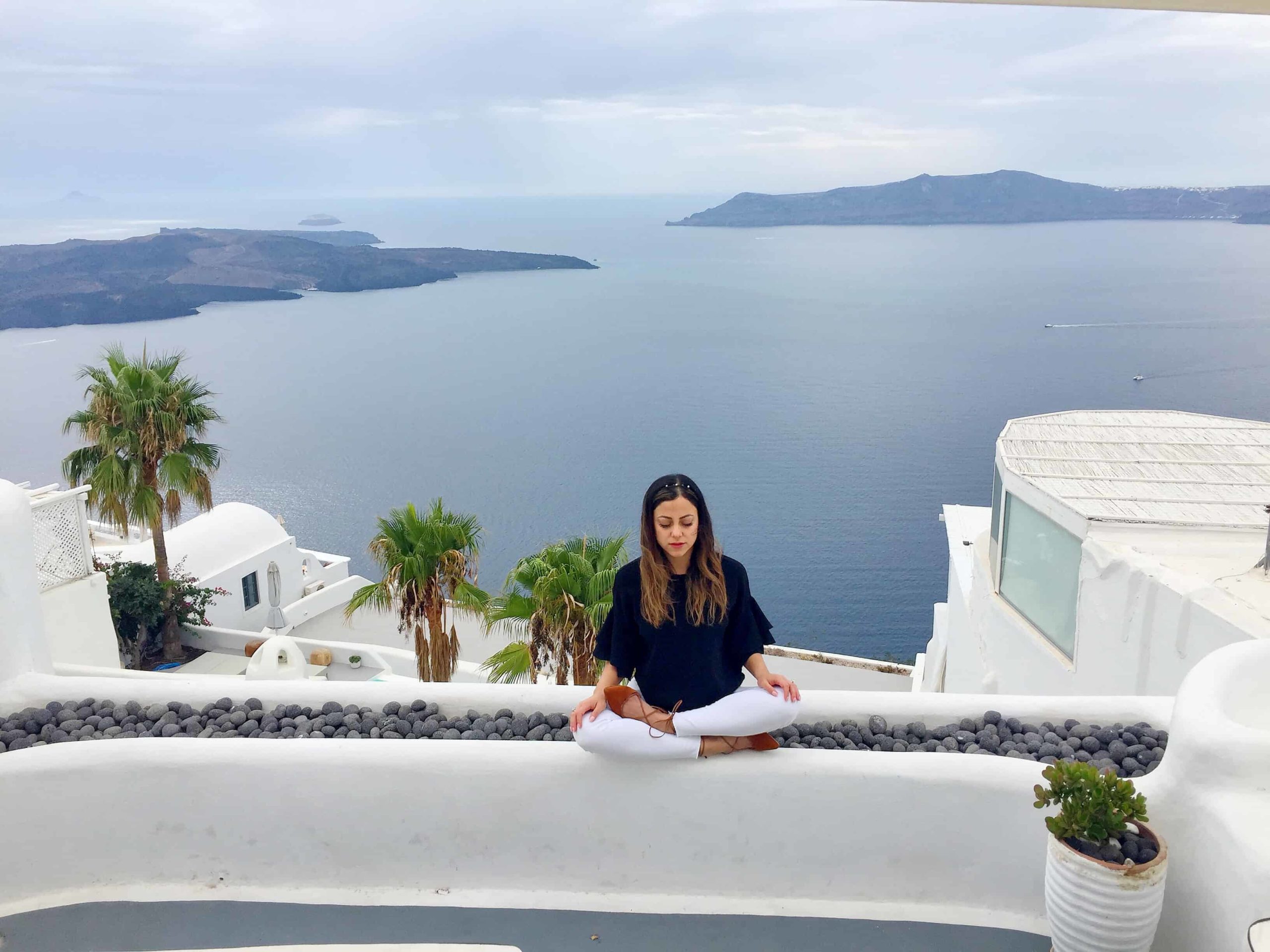“The reason emotions are so difficult to manage and become conscious of is because when we’re in a strong emotional reaction from something in our environment, there’s always a gap between the way things appear and the way things really are.
When we respond emotionally, the chemicals of emotion drive us to perceive reality equal to that emotional state.
And because there’s a gap between the way things appear and the way things really are, we’re usually going to say at the end of that emotional reaction:
“I should have never said that… I should have never done that.”
Because it’s those chemicals that drive us to act like an amped up animal with a big memory bank.”
Dr. Joe Dispenza, neuroscientist and author of ‘Information to Transformation’
Strong emotions are a part of life.
None of us can escape feeling them.
But we can learn to work through deep-seated and knee-jerk emotional reactions by incorporating simple mindfulness techniques.
Mindfulness is defined as ‘paying attention to what is as it is with openness, acceptance, curiosity, and non-judgment.’
The more we learn to be okay with ‘what is as it is’ in the present moment, the easier it is to reframe what we perceive is happening.
In this way, mindfulness trains us to:
1- become aware of and acknowledge what we’re feeling
2- become comfortable with it so we can sit with it long enough to learn from it.
Climbing up the Emotional Frequency Scale…
We tend to think in terms of positive emotions vs. negative emotions but in reality, no emotion is either good or bad.
Emotions are neutral.
They are feedback to us about how we are perceiving and interacting with the world around us.
We can think of emotions as ‘energy in motion’ (e-motion) and so there are certain emotions that expand our energy and there are certain emotions that contract our energy:

Emotional control is a sign of emotional intelligence.
It’s necessary for mental health and cultivating healthy levels of self-esteem.
While it’s not as easy to take control of your emotions in charged moments or during bad moods, you can always choose deep breathing as a way to soothe yourself during emotional triggers.

Using the breath as a mindfulness tool…
Taking just a few intentional, conscious belly breaths can help to shift negative thoughts, lower heart rate, and release pent-up tension from the body.
Think of your breath as your best friend when it comes to emotional regulation.
If you can learn to control your breath in moments of discomfort, then you can control emotions too.
Emotional reactions are connected to the limbic system in your brain.
This part of your brain known as the fear center where emotional memories are tied to the stress response.
Conscious deep breathing is not only a handy and simple mindfulness technique, it’s also a proven way to deactivate the limbic system and therefore also your stress and fear response.
Stress Mode > Survival Mode > Depleted
It’s much more difficult to control your emotions and reactions when you’re stressed out and/or anxious.
And it’s even more difficult if you’re chronically stressed or anxious.
When we’re stressed we’re hyper-aroused and hyper-vigilant.
We’re reactive.
We’re operating from past memories that lead to future fears.
Primitive instincts kick in when survival mode is switched on and knee-jerk reactions happen more frequently.
We misread our environment and situations.
I know how defeated, deflated, and frustrated this vicious cycle can leave you because I’ve been there too.
Walking around like an anxious ticking time bomb, exploding around those closest to me, over-reacting, and diving into the ‘worst-case scenario’ head first.
Like a leaking bucket, this cycle of reactive emotional responses leads to depleted energy reserves, which keeps us stuck in more reactivity.

We can’t control much about the outer environment, but we can definitely control what happens in our inner environment.
The inner environment includes our thoughts and emotions.
We can control how much mental and emotional energy we allow to leak out by becoming more mindful of what we’re feeling.
Meditation as a Restorative Tool
“Meditation is not to escape from society but to come back to ourselves and see what is going on.
Once there is seeing, there must be acting.
With mindfulness, we know what to do and what not to do to help.”
– Thich Nhat Hanh, Buddhist monk, teacher, & author
Meditation is a proven simple and effective tool to help restore and replenish your energy.
When our energy reserves are full, we can regulate ourselves better.
When our energy reserves are low or empty, we lose our capacity to self-manage and self-regulate.
We become reactive slaves instead of conscious creators.
A recent study in Frontiers in Human Neuroscience found that even a short meditation can significantly help to control emotions. (1)
The study also found that forcing ourselves to be mindful doesn’t work.
The actual experience of mindful moments through the practice of meditation is what proves to be effective at regulating our emotions and responses.
Another study published in the Journal of Clinical Psychiatry found that mindfulness-based meditation appeared to improve stress reactivity, and may also have a beneficial effect on anxiety symptoms in those experiencing Generalized Anxiety Disorder (GAD.) (2)
The powerful part of even just a bit of regular meditative practice is what it helps you reset and release tension.
If this meditating business is new to you, start with just five minutes, twice a day and you can really help set yourself up for:
- Less reactivity in the face of stress, anxiety, and overwhelm.
- Quicker recovery (restore) from stressful events and emotionally heightened moments.

If you haven’t meditated much or are just starting out, you may be intimidated by the idea of taking up a meditation practice.
Or you might be saying: “I don’t have any idea how to meditate.”
As with all new things, there’s a learning curve and it can seem daunting at first.
It’s true there are tons of different styles, categories, and types.
But don’t worry about any of that right now.
Instead, let’s go over a simple, easy to follow practice you can do anywhere and at any time…
A 5-Minute Meditation Practice:
“Meditation is the ultimate mobile device, you can use it anywhere, anytime, unobtrusively.”
– Sharon Salzberg, Meditation Teacher & Author
The beauty of the practice I’m about to show you is that you can literally do it anytime, anywhere.
I do my morning meditation practice the minute I wake up, before even getting out of bed.
I sit up and make sure my back and neck are supported.
I even use my eye mask to further help me go inward.
Let’s begin:
Sit comfortably
With the back upright and the neck straight and supported.
Relax the face, relax your mouth, your jaw…
Close your eyes
And start to notice the sounds around you.
Maybe you can hear cars going by, or the sound of your AC, or a bird chirping nearby.
Pay attention to the sounds and then move your awareness to follow the rate of your breath.
Don’t try to change the breath or alter it in any way.
Just notice the rise and fall of your breathing with each inhale and exhale.
If you notice thoughts, sensations, or emotions come up, it’s ok.
It’s normal.
The goal of meditation is not to eradicate thought.
The goal of meditation is to bring your awareness back to this present moment each and every time you catch yourself drifting in thought, emotion, or sensation.
Every distraction is an opportunity to come back to your breath and to come back to your awareness of this moment.
Keep following your breath.
Putting all of your attention on the inhales and breath coming in…
And exhaling… breath moving out.
It’s that simple.
It’s that easy.
Focus on your breath.
Allow sensations and thoughts to be.
Return your focus back on the breath.
Each return strengthens your capacity to be here, now… in this moment.
It’s in this moment where you’ll reap the benefits of restoring, releasing, resetting, recovering, replenishing, regenerating, and responding instead of reacting.
https://soundcloud.com/calmwithyoga/5-minute-breath-meditation
REFERENCES:
(1) https://www.frontiersin.org/articles/10.3389/fnhum.2016.00451/full
(2) https://www.ncbi.nlm.nih.gov/pmc/articles/PMC3772979/











